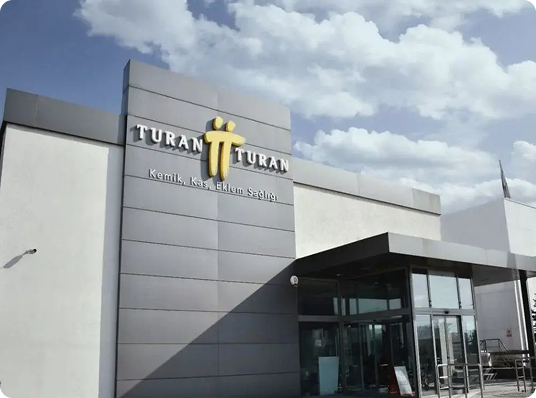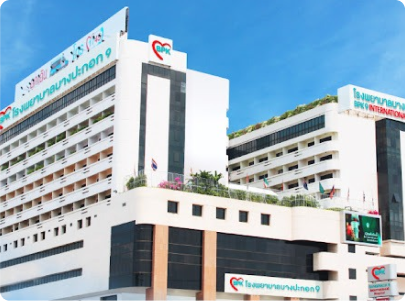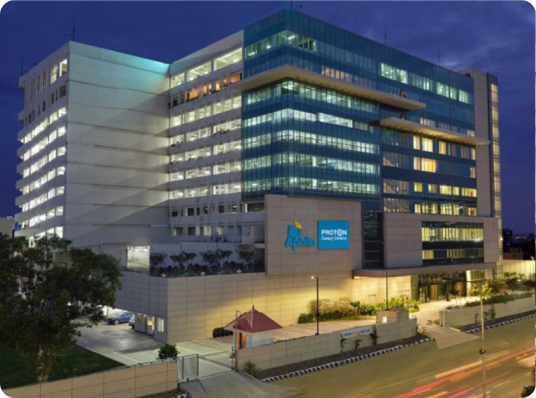Angiography
Through the application of Angiography, healthcare providers are able to address complex medical conditions with precision, utilizing the latest advancements in technology and evidence-based practices.
Get Expert Consultation
Speak with our medical travel experts to get personalized guidance for your procedure
✓ No commitment required • ✓ Expert guidance • ✓ Free consultation

Book Your Free Medical Consultation
Get expert advice—free and easy. Just fill out the form to start your health journey!
Botox Treatment Overview
Procedure Time
Typically takes around 30-60 minutes, depending on the complexity of the procedure
Recovery Period
Most people can return to their normal activities within a few hours
Expected Results
Accurate diagnosis and treatment planning for vascular conditions
Ideal Candidates
Patients with suspected or confirmed vascular conditions, such as artery blockages or blood clots
What is Angiography?
Through the application of Angiography, healthcare providers are able to address complex medical conditions with precision, utilizing the latest advancements in technology and evidence-based practices.

People seek these procedures for various reasons:
Aesthetic Enhancement
Get an accurate diagnosis for vascular-related symptoms
Corrective Purposes
Develop a personalized treatment plan for improving blood flow
Functional Restoration
Minimize risks associated with invasive procedures
Things to Check Before Treatment
- •Check with your doctor about any medications you're taking and whether you should stop taking them before the procedure
- •Confirm that you have a copy of your medical history and test results to bring with you
- •Arrange for someone to drive you home after the procedure, as you may be given medication to help you relax
- •Check if your insurance covers the procedure and any related expenses
- •Make sure you understand the costs associated with the procedure and any potential complications
Potential Risks
- •Bleeding or hematoma at the puncture site
- •Infection or inflammation at the puncture site
- •Damage to surrounding tissues, such as nerves or arteries
- •Allergic reactions to contrast dye or other medications used during the procedure
- •Complications from anesthesia or sedation
How to Choose the Right Country, Clinic, and Surgeon
Do's
Verify surgeon credentials (e.g. ISAPS, JPRAS)
Ask for before-after photos
Check language barriers
Review aftercare and follow-up options
Consider local laws on medical malpractice
Don'ts
Don't Choose a Clinic Based Only on Price
Don't Rely Solely on Social Media or Influencers
Don't Ignore Language Barriers
Don't Rush Into Surgery Without Research
Don't Assume You Can Fly Back Immediately
CureMeAbroad Services Are Absolutely Free.
You pay same rates for treatments as in the hospital's original price list.
CureMeAbroad Services Are Absolutely Free.
You pay same rates for treatments as in the hospital's original price list.


Book Your Free Medical Consultation
Get expert advice—free and easy. Just fill out the form to start your health journey!
Top Hospitals For Angiography
Frequently Asked Questions
This procedure involves specific medical techniques tailored to address particular health conditions. Your doctor will explain the detailed process based on your case.

Help Me Plan My Treatment Abroad
End to End Treatment Planning Specifically curated as per your need. Just a Call away
Call Now

Help Me Plan My Treatment Abroad
End to End Treatment Planning Specifically curated as per your need. Just a Call away
Call Now



